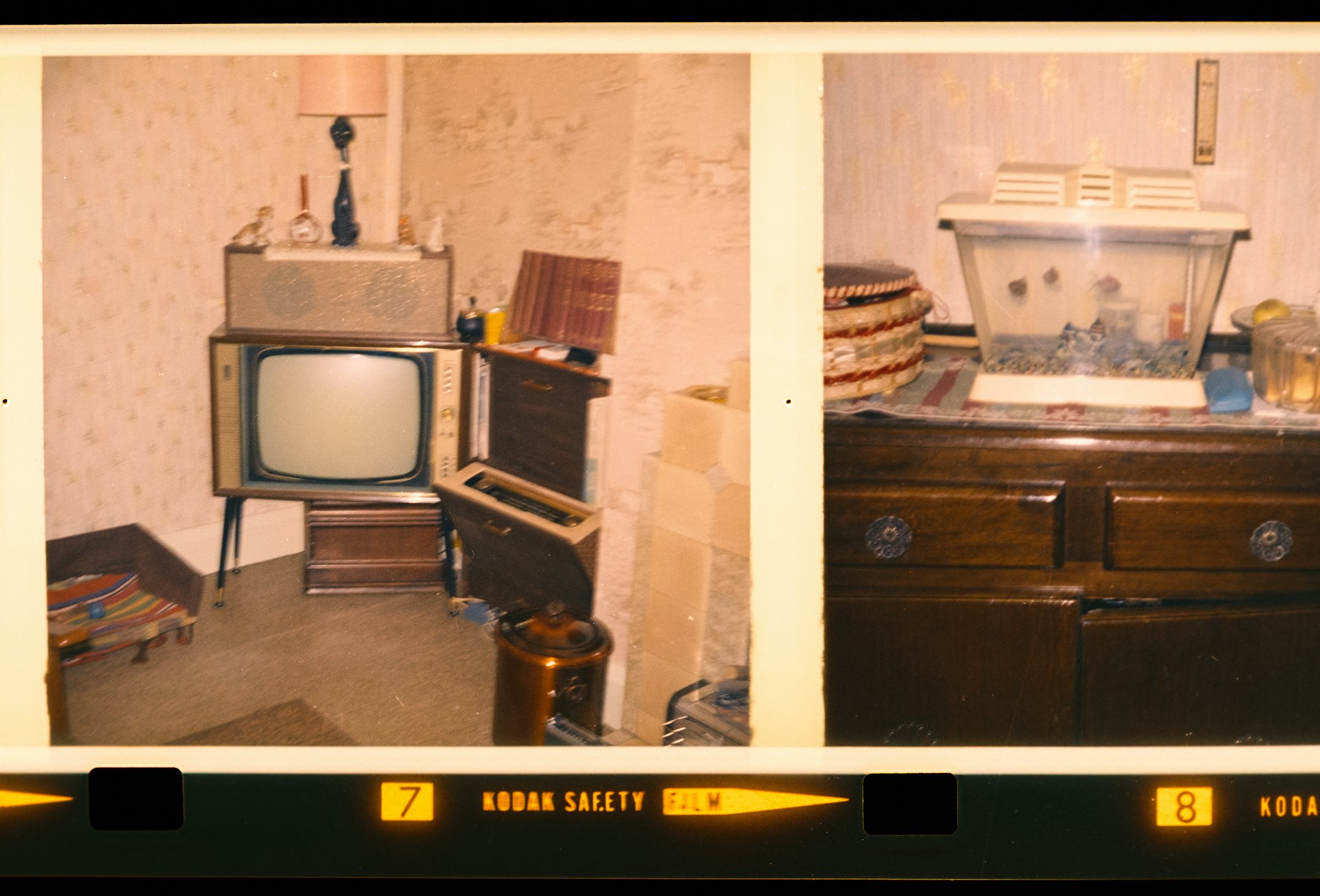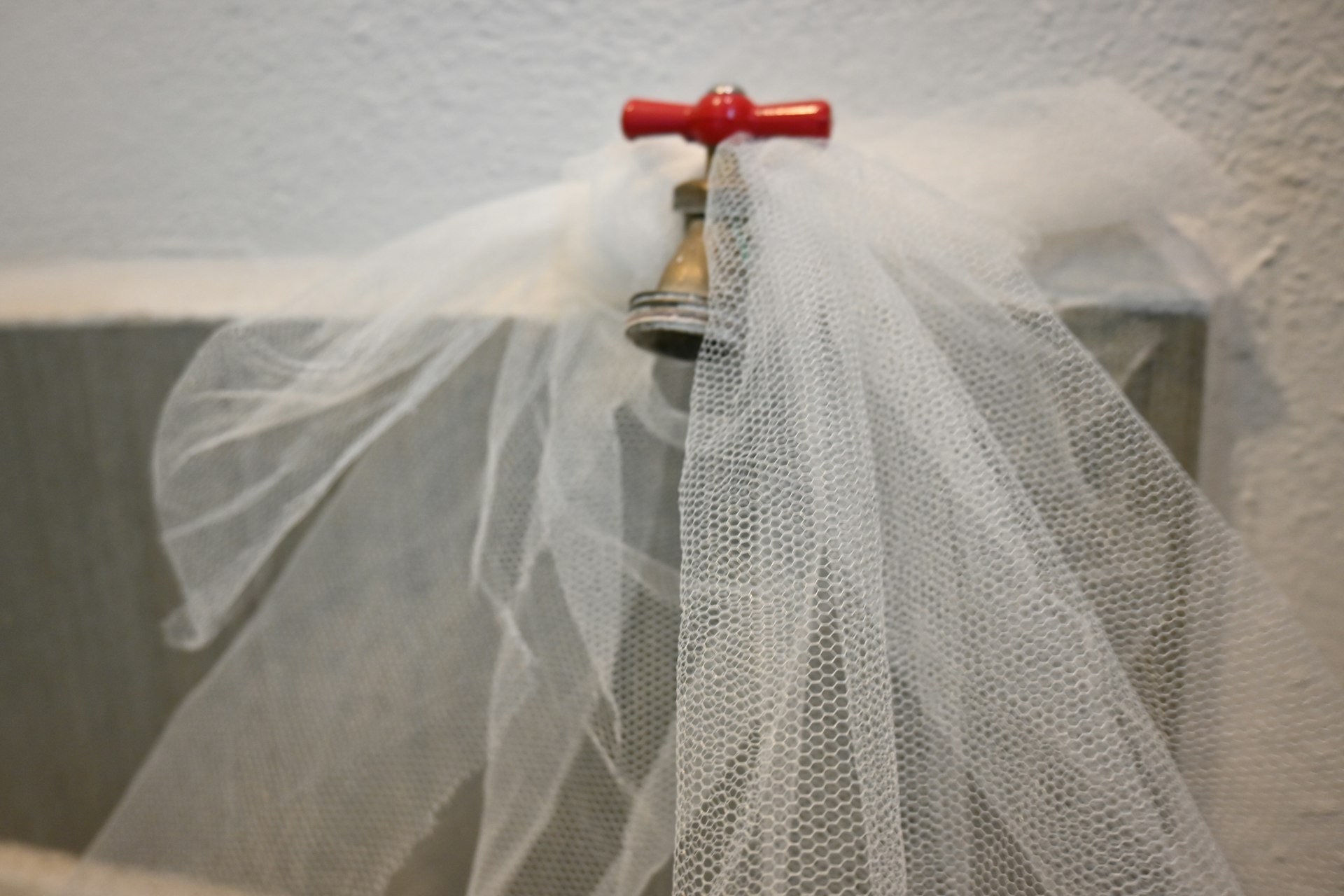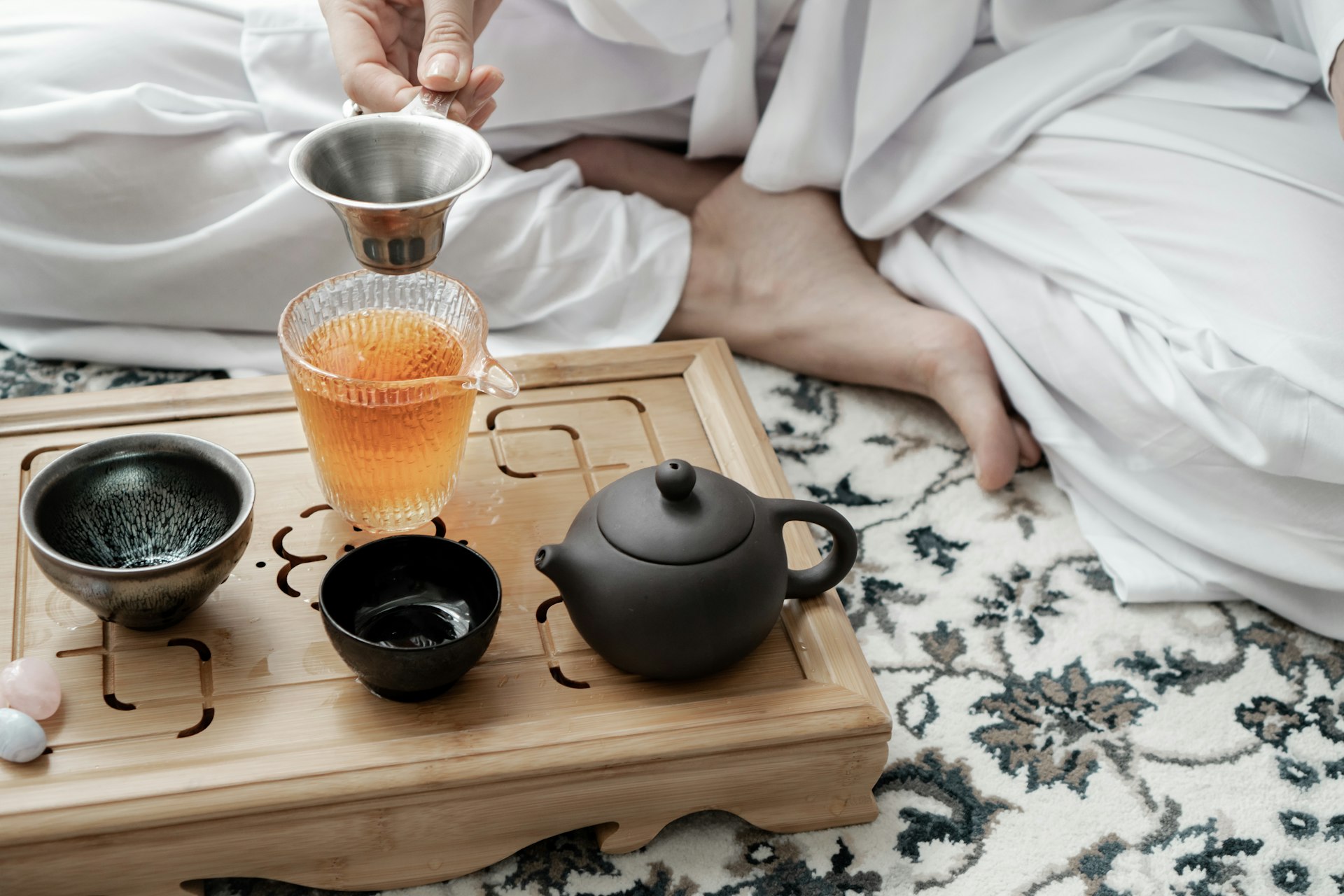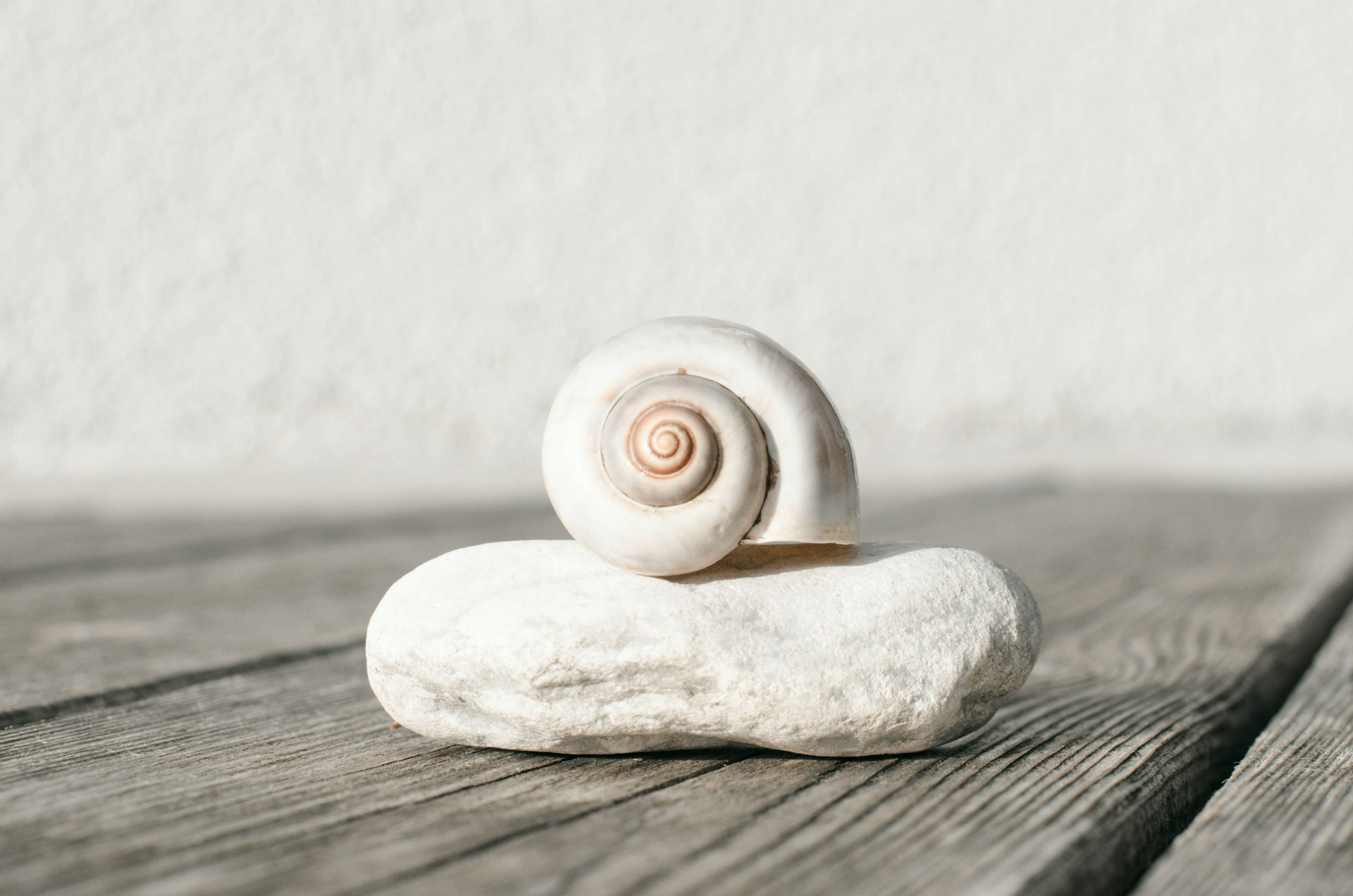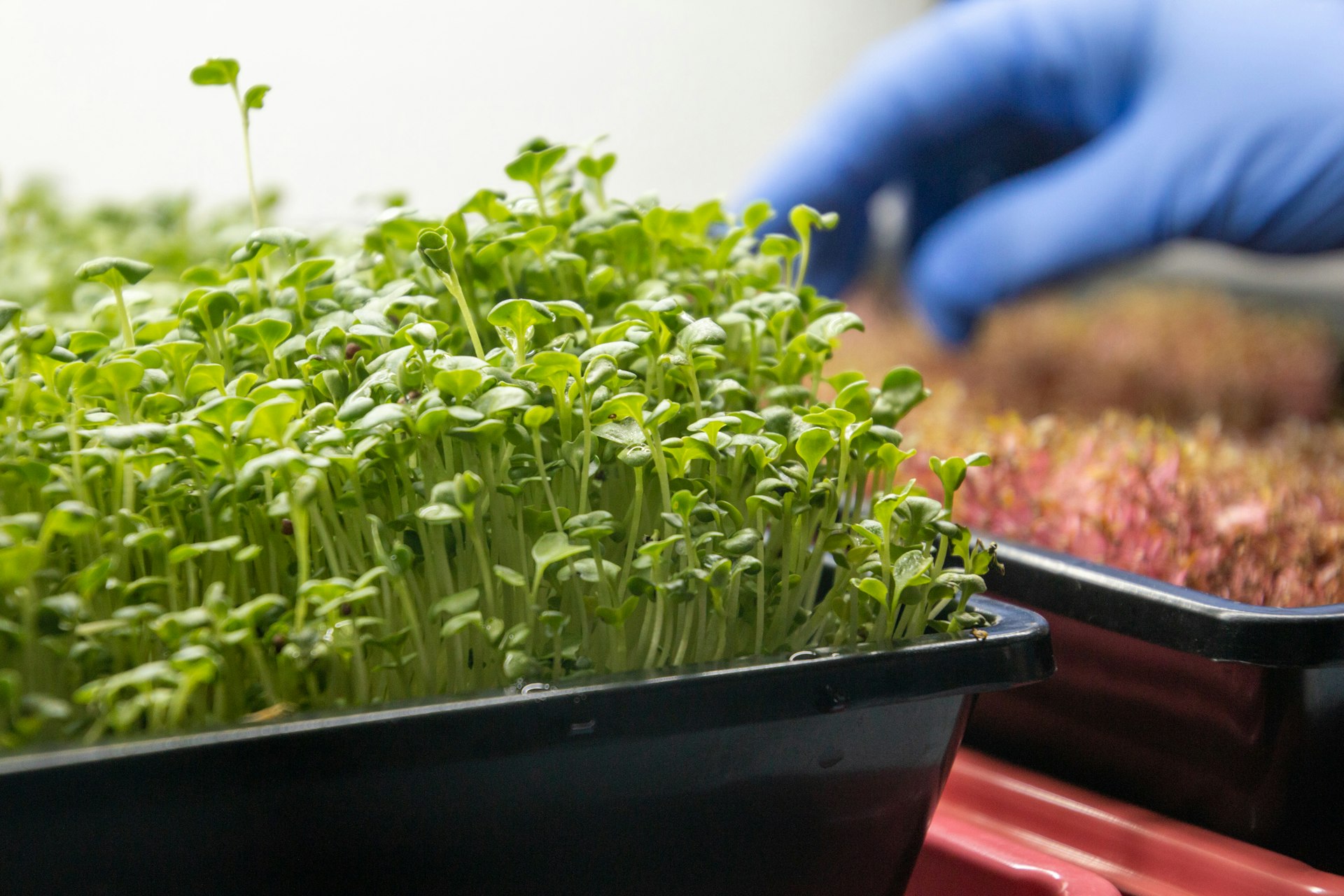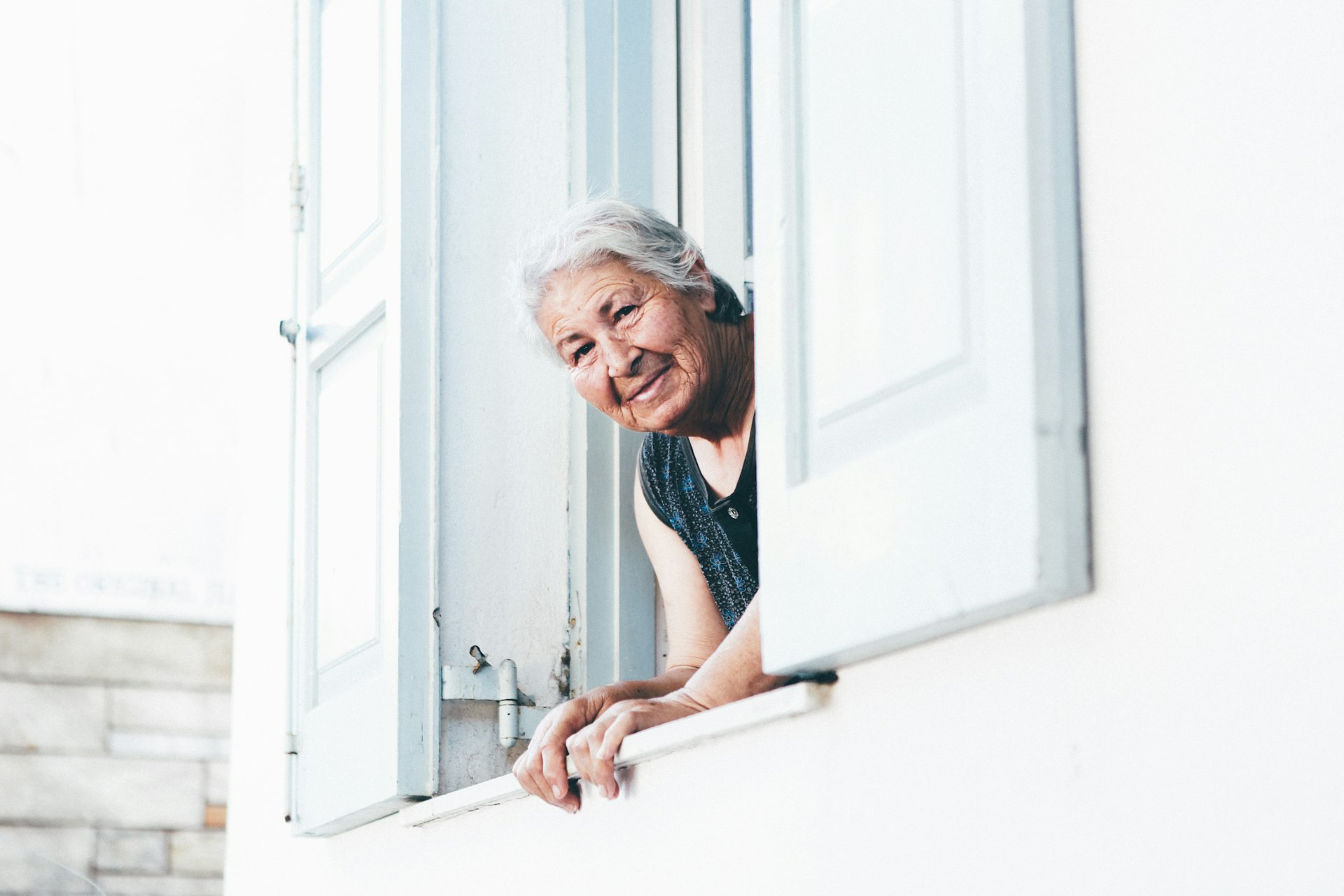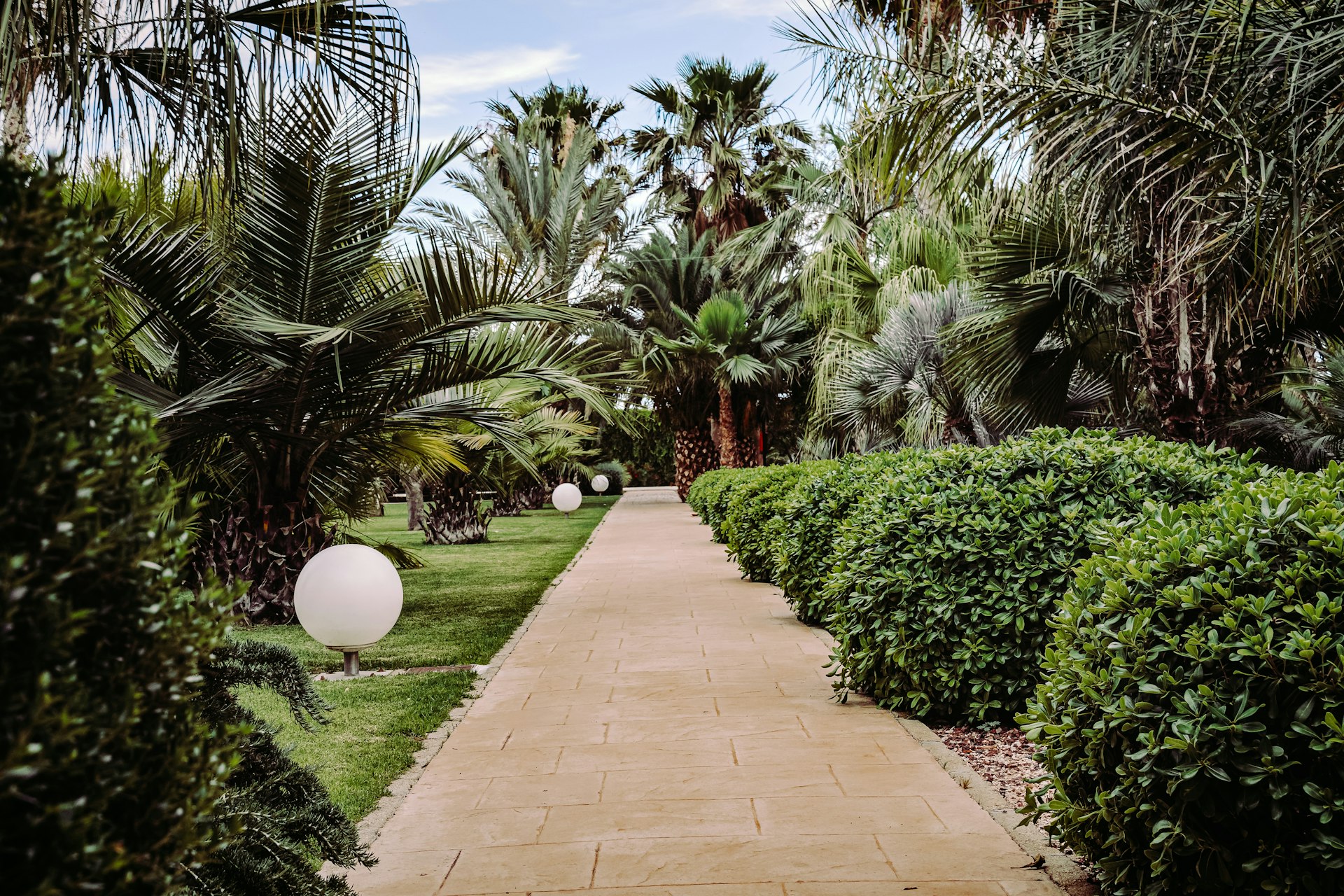DIY Guide: How to Color Concrete for Stunning, Customized Results

Photo by Ray Freimanis on Unsplash
Introduction to DIY Concrete Coloring
Coloring concrete is a popular DIY project for homeowners and crafters who want to personalize patios, walkways, countertops, or decorative items. Whether you’re aiming for subtle earth tones or bold, vibrant hues, there are multiple methods to achieve professional-looking results at home. This guide covers all the main approaches, including integral coloring, surface staining, and using paints or sealers, with detailed instructions, tips, and troubleshooting advice.
Methods for Coloring Concrete
Integral Coloring
Integral coloring is the process of adding color directly to the concrete mix before it is poured. This method ensures the color is consistent throughout the entire piece, so it won’t wear away over time [4] . Integral dyes are available as powders or liquid concentrates, and you simply mix them with your dry concrete ingredients before adding water. The more pigment you add, the deeper the color will be [1] . For best results, mix the entire batch at once to avoid color variations. Always do a test batch to check the shade before committing to a large project.
When working with integral dyes, use a proper concrete mixer rather than a drill, as drills can overheat and may not mix the color evenly [4] . Wear eye protection and waterproof gloves, and follow all safety guidelines on the product packaging.
Surface Staining and Tinting
If you’re working with existing concrete, surface stains and tinted sealers offer a way to refresh or completely change the color. Acid stains react chemically with the concrete to produce unique, variegated effects, while water-based stains and dyes provide more uniform, predictable results. Tinted sealers, which can be mixed with clear sealers or purchased pre-tinted, are particularly effective for correcting minor color inconsistencies or adding a glossy, wet look to gray concrete [3] .
Tinted sealers come in a wide range of colors and are relatively easy to apply with a roller or sprayer. However, they may require periodic reapplication as they wear and can make surfaces slippery when wet. They are less suitable for heavily damaged concrete but are a cost-effective way to enhance the appearance of a slab [3] .

Photo by David Underland on Unsplash
Using Paints and Additives
For small projects or craft applications, you can add acrylic or latex paint directly to the concrete mix [2] . This method is straightforward-simply mix the paint into your wet concrete until the color is uniform. Keep in mind that you’ll need a significant amount of paint to achieve a noticeable effect, especially if you’re starting with gray concrete. White cement and light-colored sand will yield brighter, more vibrant results when using this method [2] .
Step-by-Step DIY Concrete Coloring Instructions
Integral Coloring: Detailed Steps
- Gather Materials: You’ll need concrete mix, integral color (powder or liquid), a mixing container, water, a concrete mixer (not a drill), safety gear, and molds or forms for your project.
- Mix Dry Ingredients: Combine the concrete mix and colorant in the mixing container. For consistent results, mix the entire batch at once.
- Add Water: Gradually add water according to the mix instructions, stirring continuously. The mix should be uniform in color before pouring.
- Pour and Finish: Transfer the colored concrete into your mold or form. Use a vibrating table or tap the sides to remove air bubbles for a smooth finish [1] .
- Cure: Allow the concrete to cure for at least 18 hours before demolding. For best results, keep the concrete moist during the curing process.
- Seal (Optional): After curing, consider applying a clear or tinted sealer to protect the color and enhance durability.
Surface Staining: Detailed Steps
- Prepare the Surface: Clean the concrete thoroughly to remove dirt, grease, and old sealers. Repair any cracks or damage.
- Choose Your Stain: Select an acid-based, water-based, or dye stain based on your desired effect and the condition of your concrete.
- Apply Stain: Use a sprayer, roller, or brush to apply the stain evenly. For acid stains, neutralize the surface after the desired color is achieved.
- Seal: Once the stain is dry, apply a compatible sealer to lock in the color and protect the surface.
Painting Concrete: Detailed Steps
- Mix Ingredients: Combine your concrete mix with water as usual.
- Add Paint: Stir in acrylic or latex paint until the desired color is achieved. Start with a small amount and add more as needed-it may take more paint than you expect to get a vibrant hue [2] .
- Pour and Cure: Pour the mixture into your mold, vibrate to remove bubbles, and let it cure completely before demolding.
Tips for Success
- Test First: Always do a small test batch to check the color and technique before starting your main project.
- Consistency is Key: Mix your entire batch at once to avoid color variations.
- Safety First: Wear gloves, eye protection, and a mask when handling dry pigments or chemicals.
- Curing Matters: Proper curing ensures the color develops fully and the concrete reaches maximum strength.
- Seal for Protection: A good sealer will protect your colored concrete from UV rays, stains, and wear.
Common Challenges and Solutions
Uneven Color: This can happen if the mix isn’t blended thoroughly or if different batches are used. Always mix the entire project at once and use a proper mixer.
Fading Over Time: UV exposure and foot traffic can cause colors to fade. Using UV-resistant sealers and high-quality pigments can help maintain vibrancy.
Surface Blemishes: Air bubbles and rough spots can mar the finish. Vibrating the mold or tapping the sides helps release trapped air for a smoother surface [1] .
Alternative Approaches and Creative Ideas
Beyond standard coloring, consider these creative options:
- Stamped and Stenciled Concrete: Combine coloring with stamping or stenciling for patterned effects.
- Layered Colors: Pour different colored layers for a terrazzo or agate look.
- Natural Pigments: Experiment with oxides and mineral powders for unique, earthy tones.
Where to Buy Supplies
Concrete coloring products, including integral dyes, stains, and sealers, are available at most home improvement stores and online retailers. Look for reputable brands and read product reviews to ensure quality. For specialized products, consider visiting the official websites of manufacturers like QUIKRETE or Brickform for detailed product information and application guides.
Conclusion
Coloring concrete yourself is an accessible and rewarding DIY project that can transform ordinary surfaces into standout features. Whether you choose integral coloring, surface staining, or paint additives, following best practices for mixing, application, and sealing will help you achieve beautiful, durable results. Always prioritize safety, test your methods, and don’t hesitate to experiment with colors and techniques to create a truly custom look.
References
[1] QUIKRETE. Adding Color to Concrete | QUIKRETE. Step-by-step video and tips for coloring concrete with integral pigments.
[2] YouTube. Coloring Concrete With Paint. Demonstration of using acrylic or latex paint to color concrete mixes.
[3] Brickform. How to Change Concrete Color (The Ultimate Guide). Comprehensive overview of surface coloring methods, including tinted sealers.
[4] Collomix. How to Color Concrete Powder. Expert advice on integral coloring, mixing tools, and best practices.
MORE FROM hotondeals.com

